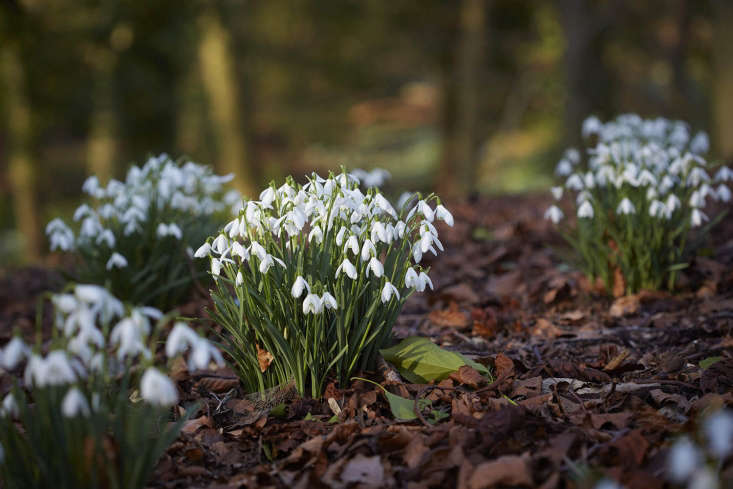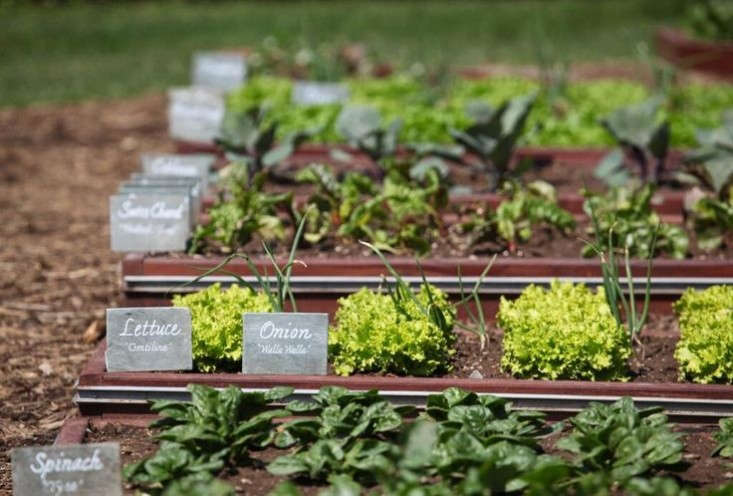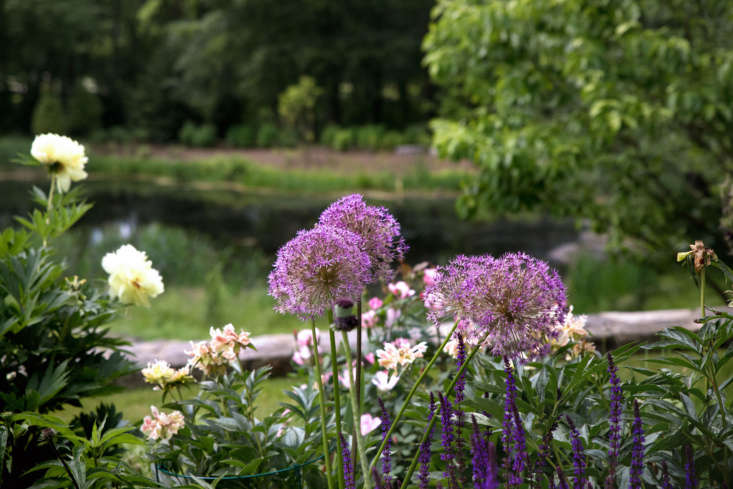Most people who write columns have an expertise. I was chosen to write this column, however, because of my lack of expertise. Instead of experience and knowledge, what I bring to this gardening column are ignorance and questions—lots of them, mostly beginner. Since launching Your First Garden and The Garden Decoder, I’ve become a little more confident about what it takes to grow and care for flowers, edible plants, and my lawn. With 2018 about to wrap up, I thought I’d share some of the lessons I’ve learned—lessons I wish someone had told me before I started (and killed) my first garden.
1. Not all soils are created equal.
A rose is a rose is a rose. But soil? There are different types of soil, and some are better than others. Topsoil, for instance, is nutrient-dense and fluffier than what’s under it. “Real topsoil is the most valuable layer of soil,” says Dr. Stephanie Murphy, the director of Rutgers Soil Testing Laboratory in New Brunswick, New Jersey. See Your First Garden: What You Need to Know About Topsoil to find out which type of topsoil to buy and how to enrich your own.

2. Leaves can stay on the ground.
Raking leaves is bourgeois. The best, most efficient autumn strategy is to hang up your rake and instead mow the leaves on the ground, essentially pulverizing them. This creates a layer of leaf mulch which, left to winter in place, will eventually compost into nutrients for healthier soil, says Kenneth Hacker, a farmer and local food preserver with Eastern Mass. Provisions Co. See Your First Garden: What You Need to Know About Raking Leaves for details.

3. Lawn care is more than just mowing.
If you want a healthy lawn come spring, you have to do more than just mow it. Proper fall lawn care includes aeration, overseeding, and fertilizing. Learn why this fall regimen results in a greener lawn in April in Your First Garden: What You Need to Do in Fall for a Lush Lawn in Spring.

4. A flowering vegetable isn’t a good thing.
If your homegrown vegetables taste terrible, it’s not necessarily your cooking; it may be because they’ve “bolted.” When a plant bolts, it has prematurely gone to seed and is now spending more of its energy growing the flowers and seeds than the leaves (leaves are what you want from edible plants). Bolted vegetables and herbs are basically inedible. See The Garden Decoder: What Happens When Edible Plants ‘Bolt’? to find out how to prevent that from happening.

5. Timing is critical when it comes to planting vegetables.
An addendum to No. 4: Your vegetables are less likely to bolt if you plant cool-season crops in the fall. See The Garden Decoder: What Is a ‘Cool-Season Crop’? to find out which vegetables fall under this category.

6. Alliums are the easiest flowering bulbs to grow.
For a longer period of blooms in your garden, consider planting bulbs that will flower in early spring. You can’t just decide in April, though, that you want to plant, say, a tulip garden; you have to plan ahead and plant the bulbs in the fall. Barbara Pierson, nursery manager of White Flower Farm, says alliums, which start out as large bulbs, are great for beginner gardeners. “The larger the bulb size, the more obvious the roots, which helps when determining which side is up.” See Your First Garden: What You Need to Know Before You Plant Bulbs for more tips from Barbara.

7. Flowers look best planted in groups.
I’m not embarrassed—okay, maybe just a little bit—to admit that my first year of gardening yielded a pretty pathetic, sparse-looking garden. Part of the problem is that I realized too late that I should have planted more than one specimen of the same plant. Planting in groups is especially critical when it comes to bulbs, which grow into single flowers. Plant bulbs in clumps (not rows) and plant them closer than the instructions recommend, says Barbara. Her tips for specific bulbs: “For allium, you will plant them in threes. For daffodils and tulips, ten to twelve in a group is best. I like when they emerge looking like a bouquet of flowers, and large swaths or drifts of blooms planted closely is beautiful.” To learn how to create a natural-looking garden with blooms that come back and spread every year, see The Garden Decoder: What Does It Mean to ‘Naturalize’ Bulbs?

8. A thriving plant in your garden starts at the nursery.
Just as you would check the expiration date on a jug of milk before you buy it, you should examine the health of a plant before you buy purchase it from a nursery. When plants start off on the wrong foot, it’s hard to resuscitate them. See Your First Garden: What You Need to Know Before You Plant a Tree or Shrub for tips from Rowan Blaik, director of living collections at the Brooklyn Botanic Garden, on how to check if a plant is healthy.

9. Some perennials shouldn’t be cut back after blooming.
A desiccated, brown flower equates to a dead plant, right? Not exactly. Before I interviewed San Francisco-based garden designer Sarah Madeline Stuckey Coates for Your First Garden: What You Need to Know About Cutting Back Perennials in the Fall, I thought that all flowers should be cut back during a fall cleanup of the garden. Now I know that some should be left untouched for visual interest in the winter and, more important, for the welfare of insects, birds, and other little critters. Read the story to find out which perennials to cut back and which to leave alone.

10. Gardening doesn’t stop in the winter.
I am so sorry to break it to you gardening newbies out there: Your garden still needs attention in the winter. So put on your layers and cold-weather accessories, and get to work. Thankfully, your to-do list is shorter (and easier) than it would be in the spring. See Your First Garden: 10 Things to Do in the Garden in December.

See you back here in January, with more installments of My First Garden. In the meantime, catch up on any Garden Decoder posts you missed, including:
- What Is ‘Square Foot Gardening’?
- What Is ‘Lasagna Gardening’?
- What Are ‘Biennials’?
- What Does It Mean to ‘Naturalize’ Bulbs?









Have a Question or Comment About This Post?
Join the conversation